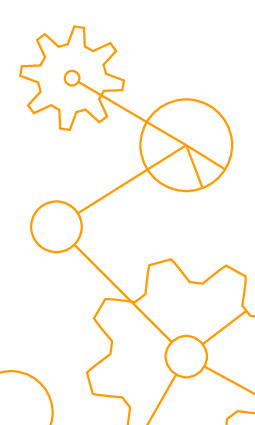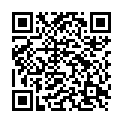|
|
|
| Module code: WIMASc125 |
|
|
1V+1SU+1U+1PA (4 hours per week) |
|
6 |
| Semester: 1 |
| Mandatory course: yes |
Language of instruction:
German |
Assessment:
Written exam for Statistical Methods, project work for Information and Communication Technology (1:1)
[updated 18.12.2018]
|
WIMASc125 (P450-0137, P450-0138) Industrial Engineering, Master, ASPO 01.10.2014
, semester 1, mandatory course
|
60 class hours (= 45 clock hours) over a 15-week period.
The total student study time is 180 hours (equivalent to 6 ECTS credits).
There are therefore 135 hours available for class preparation and follow-up work and exam preparation.
|
Recommended prerequisites (modules):
None.
|
Recommended as prerequisite for:
WIMASc215 Quality Management / Cost Management
WIMAScWPF-Ing1 IT Project 1
WIMAScWPF-Ing8 IT Projects 1+2
[updated 10.02.2020]
|
Module coordinator:
Prof. Dr. Frank Kneip |
Lecturer:
Prof. Dr. Frank Kneip
Prof. Dr. Susan Pulham
[updated 20.01.2020]
|
Learning outcomes:
Statistical Methods Put into Practice:
After successfully completing this module students will:
_ be able to solve problems in descriptive statistics using the appropriate methods
_ be able to solve problems in inductive statistics using the appropriate methods
_ be able to classify the most important probability distributions and solve concrete problems with them.
_ be able to solve complex practical problems using specific software (Excel, SPSS)
_ be able to understand and critically evaluate empirical studies by third parties
Information and Communication Technology:
After successfully completing this module students will:
_ be able to model business processes with UML
_ know the scope and structure of a specification sheet
_ be able to analyze business problems with regard to application-supported IT support
_ have experience in handling IT-supported tools for team-based IT development projects
_ be able to apply IT project management methods
_ have advanced knowledge in an object-oriented programming language (e.g. Java)
[updated 18.12.2018]
|
Module content:
Statistical Methods Put into Practice:
1. Statistical induction
2. Correlation analysis
3. _Regression analysis
4. Factor analysis
5. Cluster analysis
Information and Communication Technology:
Students will work in teams to find an IT-supported solution to a business-oriented task. To do so, they must analyze the task and create a concept for its solution. They will then create an application prototype based on their concept.
1. Structured analysis
2. Specifications and requirements
3. Software and process modeling with UML
4. Project management in an IT project
5. Tools for creating software in teams
6. Introducing / rolling out IT systems
[updated 18.12.2018]
|
Teaching methods/Media:
Statistical Methods Put into Practice:
Lecture with slides and computer-aided exercises
Information and Communication Technology:
Projector, slides, lecture notes. Only open source software will be used.
[updated 18.12.2018]
|
Recommended or required reading:
Statistical Methods Put into Practice:
_ P. P. Eckstein: Angewandte Statistik mit SPSS: Praktische Einführung für Wirtschaftswissenschaftler, 7. Auflage, Wiesbaden, 2012.
_ S. Pulham: Statistik leicht gemacht, Wiesbaden, 2011.
Information and Communication Technology:
_ Ullenboom, Christian: Java ist auch eine Insel, 10. Auflage, Galileo OpenBook 2011
_ Herold, H.; Lurz, B.; Wohlrab, J.: Grundlagen der Informatik, Pearson Studium Verlag, 2011
_ Sommerville, I.: Software Engineering, 9. Auflage, Pearson Studium, 2012
_ Rechenberg, P./ Pomberger, G.: Informatik-Handbuch, 4. Auflage, Carl Hanser Verlag, 2006
[updated 18.12.2018]
|


